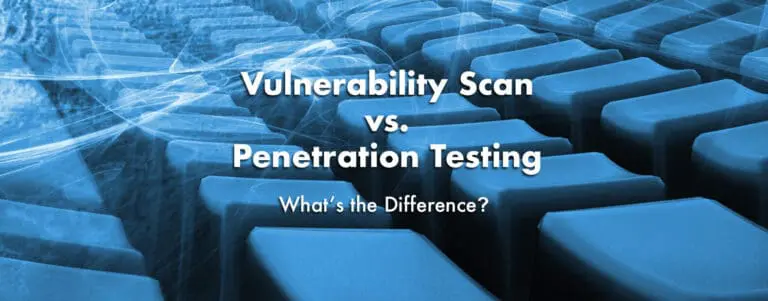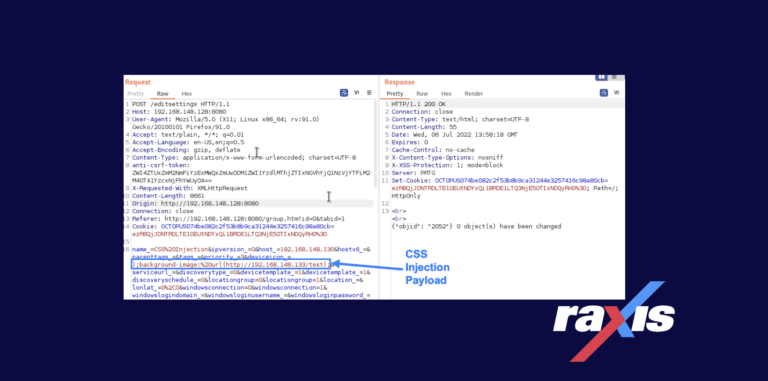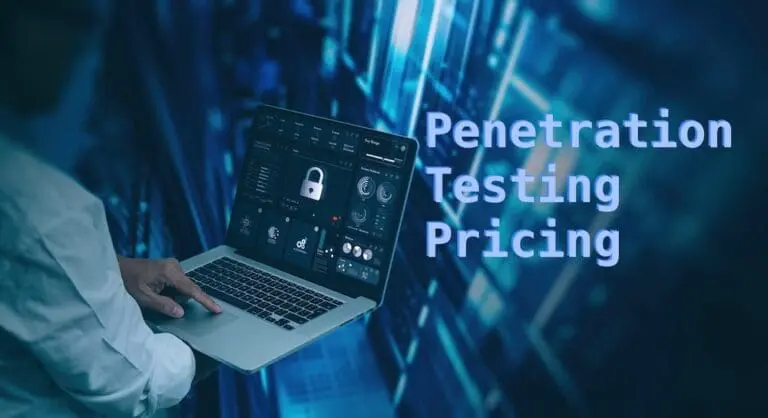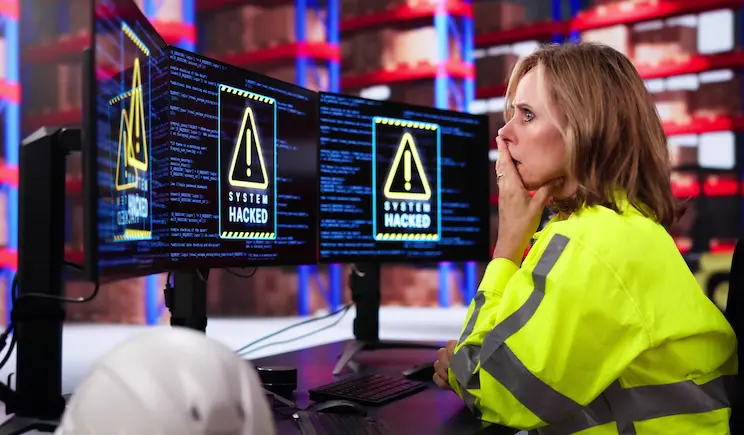Ransomware – What you can do to avoid being a victim
Ransomware is the hot topic today. Malicious actors infect your system with sinister code that hijacks your information. In its most pure form it encrypts your data and yanks it from within your very grasp. Leaving behind only a message – a ransom note. If you ever wish to see your precious data ever again, you will pay. If you don’t pay, your data will be deleted and you will find yourself in the unemployment line.It’s the kind of thing that keeps business owners and managers up at night.The question is – what do you do to guard against it? Once the ransom appears on your screen, you’re done. There are several steps you should be taking to safeguard against ransomware.
1. Prevention
The number one thing you should do to guard against ransomware is to seal up the cracks. Find a good penetration testing company and have your internal and external networks evaluated. The right penetration testing company is going to come in with no credentials and attempt to exploit every weakness your network has. Don’t confuse this with a vulnerability scan – a true penetration test (pen test) approaches your system just like a real hacker. A real person is working your network and looking for exploits.Include social engineering (email phishing, vishing and spear phishing specifically) to your assessment. Ransomware often infiltrates your system by malicious code unintentionally installed by an employee. Using a found USB stick, visiting a malicious website, giving up credentials to an official sounding phone call, clicking a link in an email, etc. etc…. All of these are inadvertent ways an employee may infect their system.The report and remediation recommendations you will get from a pen test are priceless for patching the holes in your security. Evaluate your pen test company carefully. Ask to see sample reports and determine the depth of analysis you will truly get. Do not be guided by price alone.Along with assessing the network for vulnerabilities you should also consider a robust endpoint protection solution with an awareness of ransomware and zero-day vulnerabilities.Patching as a component of a comprehensive vulnerability management program should also be considered as a foundational element in any ransomware mitigation strategy.
2. Anticipation
Remember the saying – “failing to plan is planning to fail”. Ransomware is becoming more and more prevalent. You need to know what data you have, where you have it, and when it was last backed up. A completely audited data system will be much easier to restore. This will also help you get a grip on what has been compromised.
3. Backup, Cloud backup and Services
Once the thief has your data, the jig is up. Your data is encrypted, and there is a ransom to get it back. You’re not going to hack the encryption. If you pay – you’ll usually get your data back (not to mention a target on your back). If you don’t pay – they delete the data and you’re likely out of business.Once the attack happens you have three choices – pay the ransom, go out of business or restore from a backup.You DO backup, right? Surprisingly many companies don’t, and the ones that do often don’t have good practices in place for consistency. It’s critical this backup be separate from your network. You have a few options with backups:1 – Consistent internal backups to off-site drives isolated from the network.2 – Cloud based backupsWhile many experts agree that ransomware has not yet made the leap to the cloud, the issue is getting the data back in time for a reasonable restore. Normal data transfers aren’t reasonable with typical large companies. There are services available that will overnight a hard drive to your door once you’ve been attacked.
4. Restoration Plan
You need a plan in place to restore the data once you get it. Regardless of how you choose to backup and restore – you need this plan. You will have to wipe the entire system and systematically restore it. You also need to keep in mind the data you are restoring has the same vulnerability that got you hacked in the first place. So a smart hacker is likely to get right back in – and the game of cat and mouse continues.You can’t afford to keep playing the game. Restore the system and immediately get it assessed and patched. By now you should see why step 1 is so crucial to avoiding ransomware. You are also likely seeing why step 2 is important.Ransomware is here to stay for a while. It’s the new age stagecoach heist. The hi-tech way of bank robbery. Your best defense is a strong offense, good preparation and a plan for business continuity if and when it happens to you.






